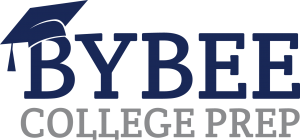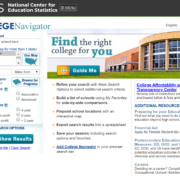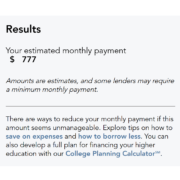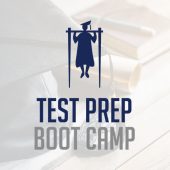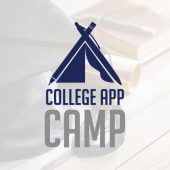How to Build a College List That Fits You
Choosing the right colleges to apply to is one of the most important steps in the admissions process. Too often, students only know the schools their parents went to and the ones from their March Madness brackets. Building a thoughtful college list—one that balances aspiration with realism—can save stress, increase options, and even reduce costs.
According to the Common App, students apply to about seven schools on average. Add in non-Common App schools, and the typical student is applying to 7–8 universities. That makes sense: the optimal college list usually has 7–10 schools. With the right approach, those choices can open up both academic opportunities and financial aid.
 Why the College List Matters
Why the College List Matters
A college list is more than just names on paper—it’s a strategy. Applying to too many schools spreads time and focus thin. Applying to too few increases the risk of having limited choices come spring. The sweet spot is 7–10 schools, distributed across three categories:
-
Reach schools: Your stats fall below the average admitted student.
-
Target schools: You’re right in line with the average admitted student.
-
Safety schools: You’re comfortably above the average admitted student.
Here’s where strategy really pays off: targeting schools where you’re academically competitive can translate into significant scholarship money. Many universities offer automatic merit scholarships based on GPA and test scores.
-
At The University of Oklahoma (OU):
-
A 1160 SAT and 3.5 GPA guarantees a $9,000/year scholarship—$36,000 over four years.
-
A 1390 SAT with a 3.5 GPA guarantees $17,000/year—$68,000 over four years.
-
-
-
A 29 ACT with a 3.5 GPA earns $7,000/year.
-
A 35 ACT with a 3.5 GPA earns $17,000/year.
-
Choosing the right schools doesn’t just improve admissions odds—it can mean saving tens of thousands of dollars.
Tools for Building Your List
The best way to know whether a school is a reach, target, or safety is to dig into the numbers. One of the most powerful tools for this is the Common Data Set (CDS).
The CDS is a voluntary, standardized report where universities publish admissions statistics, including GPA ranges, test score percentiles, and acceptance rates. Because the information is consistent across schools, it’s one of the most reliable resources for comparison. To find the CDS for a particular school, put the name of the school and “common data set” into your preferred search engine.
We’ll cover the Common Data Set in detail in a future post, but for now, know this: it’s the most important tool you can use when building your college list. Remember, not all schools create a Common Data Set. However, a good search will give you solid information even for schools not using the CDS.
Other resources include:
-
Official admissions websites (for deadlines, majors, requirements).
-
Career outcomes and internship data.
-
Virtual and in-person college visits.
Building Your College List Year by Year

Freshman Year: Aspirational Stage
-
Dream big—make a “wish list.”
-
Define what you want in a school: size, location, environment.
-
Start aligning your academics and extracurriculars with long-term goals.
Sophomore Year: Reality Check Stage
-
Begin refining your list based on GPA and class rank.
-
Compare your academic profile against CDS data.
-
Adjust the things you can control—study habits, course rigor, test prep.
Junior Year: Serious Planning Stage
-
Narrow your list to 7–10 schools.
-
Categorize each into reach, target, and safety.
-
Schedule standardized test dates and prepare strategically.
-
Visit campuses (in person or virtually).
Senior Year: Execution Stage
-
Use the summer before senior year to set up Common App and draft essays.
-
Most essay prompts don’t change year-to-year—start early.
-
Plan a strategy for Early Action, Early Decision, or Priority deadlines.
-
Confirm your list is balanced and ready for applications by August 1.
Balancing Aspirations with Reality
Your college list should evolve from wide-open dreaming to intentional choices. Dream schools are important, but so are strong safety options where you’d still be happy to enroll. And remember—safety schools can often be the ones most generous with scholarships.
The key is fit: academic, financial, and personal. A well-balanced list ensures you’ll have exciting options when decisions arrive.
Final Thoughts
Building a college list isn’t just about picking names—it’s about creating opportunity. By starting early, using tools like the Common Data Set, and strategically balancing reach, target, and safety schools, students can maximize both admissions chances and financial aid.
Need help building your list? We specialize in personalized strategies that align with your academic profile, interests, and goals—so you can approach applications with confidence. Schedule a free introductory consultation with us and get expert guidance tailored to your academic profile and goals.
